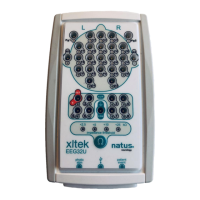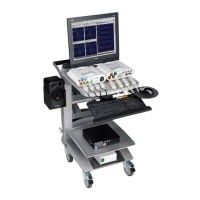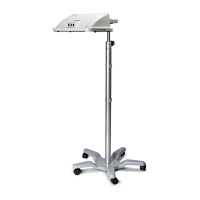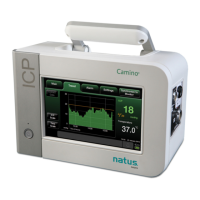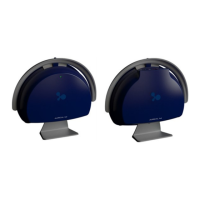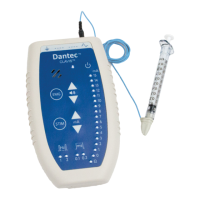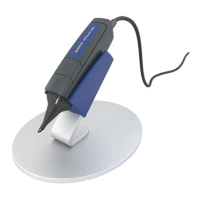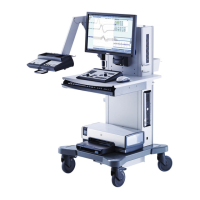XLTEK EEG32U Amplifier User and Service Manual
18
ELECTRICAL SHOCK HAZARD: Do NOT service the system. Refer servicing to qualified personnel only. Do NOT
use repaired components without proper testing.
The computer attached to the EEG32U amplifier should use a three-wire power cord with a hospital grade
plug. For grounding reliability, only connect the device to a hospital grade or hospital-only receptacle. Inspect
the power cord often for fraying or other damage. Do NOT operate the system with a damaged power cord or
plug.
If there is an isolation transformer with the system, do NOT place the isolation transformer on the floor. Only
plug XLTEK recommended components into the isolation transformer.
Do NOT connect non-medical equipment which has been supplied as part of the system directly to the wall
outlet when the system is supplied, via Multiple Portable Socket Outlet (MPSO), with a separating
transformer.
Do NOT connect electrical equipment which has not been supplied as a part of the system to the MPSO.
To avoid the possible hazards caused by the summation of leakage currents when all the parts of the system
are interconnected, no equipment other than devices connected to the EEG32U amplifier system may be
powered by the isolation transformer.
The EEG32U amplifier system is NOT designed to work with defibrillators. The system could be damaged
when used with this device.
Patient Environment Warnings and Cautions
NOTE: The patient environment is defined as the area within 1.5 meters of the patient laterally and within 2.5 meters of the
floor in the area occupied by the patient.
Connect all patient electrodes to fully electrically isolated physiological devices only. Connecting patient
electrodes to any other device or external outlet may result in personal injury.
The EEG32U amplifier accepts only touch-proof style electrode inputs. Do NOT attempt to use any other style
of patient electrode input.
To prevent cabling entanglement/strangulation, ensure no loose cables are accessible to the patient.
Patient connections are NOT intended for direct cardiac contact.
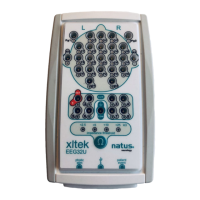
